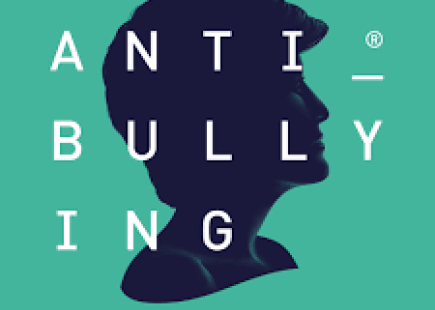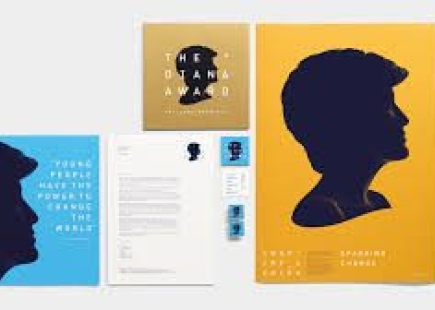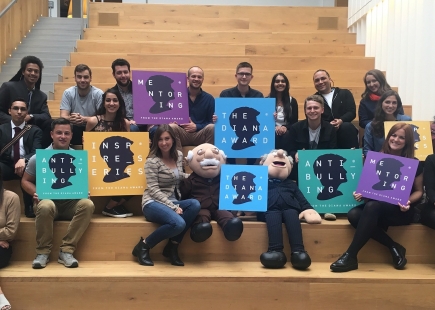How this Anti-Bullying Campaign weakened the bullies through words

Background
Words have the power to create a narrative. They also have the power to change one. As someone whose life was made miserable by bullies for a time, the recent campaign by The Diana Award’s Anti-Bullying Campaign struck a personal chord.
From 2014’s ‘Ban Bossy’ campaign to ‘This Girl Can’ – challenging the power of words in maintaining and reinforcing stereotypical ideas, values and beliefs – is interesting territory for brand comms.
The campaign set out on a single-minded mission – to empower victims of bullying by removing the word ‘weak’ from the definitions of ‘bully’ in all major UK dictionaries.
The Big Idea
The idea was based on the insight that the dictionary definition was damaging as it reinforced stereotypes of bullies as ‘strong’ and the victims as ‘weak’. With one hundred million people looking up the word ‘bully’ in a dictionary every year, changing its definition was a ‘a good place to start’ according to WCRS creative director Orlando Warner who led the Anti-Bullying campaign.
The campaign has harnessed the power of celebrities Millie Bobby Brown, Holly and Richard Branson, James McVey of the Vamps and Dustin Lance Black to persuade the dictionaries to change their description of a bully from someone who ‘intimidates those who are weaker’ to someone ‘they perceive as vulnerable’.
What They Did
The charity worked with WCRS to launch the campaign during Anti-Bullying Week in November 2017. The announcement led with YouGov research highlighting that 72% of GB children agreed that the definition of the word ‘bully’ was damaging and should be updated.
Unsurprisingly for a lobbying campaign there was a big focus on Twitter. The campaign CTA was to change the definition by tweeting and using #IAMNOTWEAK hashtag with the handles for all major UK dictionaries.
People really got behind the campaign with 13,482 tweets of #IAMNOTWEAK and Millie Bobby Brown and James McVey of the Vamps retweeting to convince the UK’s dictionaries to change their definition (although it seems that only 778 of these were original tweets or comments). The campaign culminated the week before Stand Up to Bullying Day on June 13th, a bookend strategy which gave the campaign momentum and tapped into the editorial media agenda.



Review
The idea was brilliant in its simplicity. With NSPCC research stating that 38% of young people have been affected by cyberbullying using the platforms of cyberbullies to disempower them was smart. The volume of tweets and shares of selfies using the ‘Do I look weak?’ Snapchat filter by celebrities, such as Will Poulter and Rylan Clark Neal, demonstrated that the campaign’s chosen partners resonated with the audience.
Earned media coverage included articles on TES, the BBC and The Times online along with interviews featuring James McVey on Radio 5 Live and Good Morning Britain reaching parents and teachers.
Words change meaning all the time. This campaign cleverly deployed the power of celebrities and peer-to-peer influence on social media to take a small, but symbolic, step in challenging the power dynamics of bullying. Clicktivism has its critics but this was an example of its power to make a change offline.
The real challenge is to make it more than an academic exercise by keeping the conversation going and providing support (which The Diana Award does so brilliantly). Changing the definition is a good place to start: but it is only the start.
In Hindsight
Whilst Twitter is undoubtedly the right platform for campaigning, a bit more spend on Facebook and negotiating for James McVey to share the campaign to his 968K Insta followers would have been worthwhile in hitting the younger audience.
I would have liked to have gone on the campaign’s journey from the November launch to the June announcement that the definition had been changed; the campaign almost felt too easy. A live tally of tweets in support, a countdown to the decision or short video talking heads debating the meaning of bullying could have created greater momentum and suspense. Also partnering with culturally relevant influencers renowned for their talent with words – such as grime artists – to spearhead the campaign could have broadened its reach.
The reveal video – tapping into The Secret Life of Five Year Olds format – has a strong 23K views (to date) but is closer to a campaign case study than an editorial video. Telling the campaign’s story in a more engaging way could have helped boost the relatively low media spend by driving greater organic views and shares.
The campaign was led by WCRS. I’d argue that had a PR agency been the lead, the campaign would have a stronger narrative and the hero video would have been editorially engaging to boost earned organic reach and coverage.
If you enjoyed this article, you can subscribe for free to our weekly email alert and receive a regular curation of the best creative campaigns by creatives themselves.
Published on:


